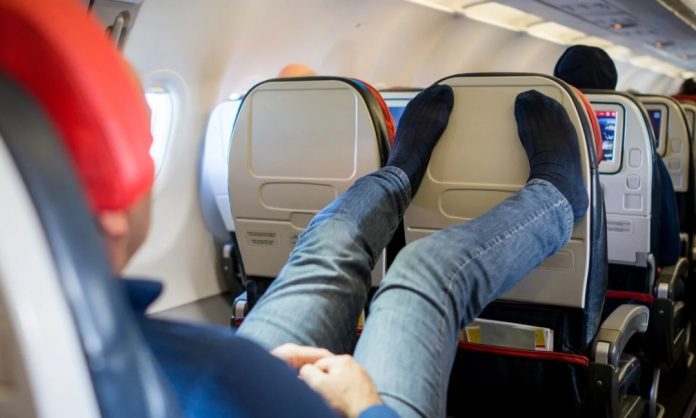A lot of people are feeling excited about plans to travel over the holiday season. However, it is advised that caution be taken dealing with the possibility of developing blood clots during long periods of travel. Traveling extensive distances in cars and planes over the holidays could increase your risk for deep vein thrombosis, or potentially lethal blood clots in the deep veins of the lower legs and thighs.
When blood thickens and clumps together we see the development of deep vein thrombosis, writes
the National Heart, Lung and Blood Institute. In deep vein thrombosis a blood clot develops in a vein which is deep in the body. A blood clot which is located in a deep vein may break off as an embolus and travel through the bloodstream. An embolus can travel to an artery in the lungs and result in blocked blood flow. This is called a pulmonary embolism. A pulmonary embolism can cause damage the lungs and other organs in the body and may cause death. Blood clots can also lodge in other organs.
When you sit for long periods of time in cramped spaces circulation in the legs can be limited, resulting in the formation of a blood clot. This clot can travel through the blood and lodge in the lungs, brain, heart and other areas. These organs can be severely damaged and may lead to death. Dr. Alan Lumsden has suggested if you are planning to travel for long distances make certain you get up and walk around at least every two hours. You should also try not to sleep for more than four hours at a time.
It is also advisable to drink a lot of water or juices, wear loose-fitting clothing, eat light meals and limit your consumption of alcohol. In view of the fact that approximately 2 million Americans develop deep vein thrombosis every year, and about 200,000 die, it’s important to take this advice seriously and to discuss this problem with your physician if you have any further questions about the risk for blood clots.








